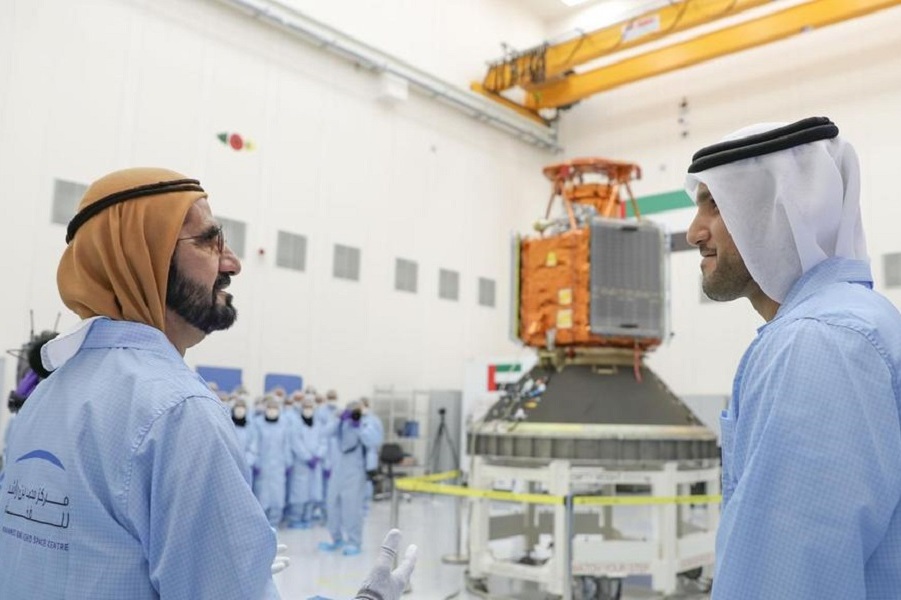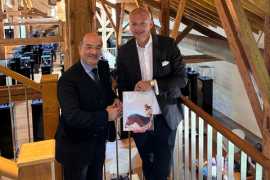Sheikh Mohammed praises pioneering work of Emirati engineers on satellite project
By Aliheydar_Rzayev Monday, 05 February 2018 3:33 AM

The National -- Sheikh Mohammed bin Rashid has praised the path breaking work of Emirati engineers as the first in the Arab world to build a satellite without foreign assistance.
The Prime Minister of the UAE and Ruler of Dubai’s encouraging words to UAE scientists came when he visited the Mohammed bin Rashid Space Centre to inspect the progress of the KhalifaSat project.
It is the first satellite to be entirely built by Emirati engineers in a UAE space laboratory and highlights the UAE’s growing expertise in satellite technology.
The satellite is set for launch later this year after a series of rigorous tests.
“Emirati engineers are the first in the Arab world to construct a satellite without foreign assistance. This is a major achievement that signifies the high level of capabilities UAE youth have acquired in space technologies,” Sheikh Mohammed said.
“The high level of expertise that Emirati scientists and engineers have developed creates a strong foundation for the future scientific and technological development of the UAE. We are confident that the nation’s space industry sector will continue its strong growth, and emerge as a key component of our economy.
“The development of KhalifaSat is not only a source of pride for Emiratis and Arabs, but also a global achievement that will benefit humanity, and offer scientific solutions for development globally.”
Sheikh Mohammed was briefed about the advanced features of KhalifaSat that include enhanced digital camera, satellite positioning system, faster communication, automatic satellite control system and advanced target positioning system.
KhalifaSat is the third satellite owned by the Mohammed bin Rashid Space Centre following the launch of Dubai-1 and Dubai-2.
Once the rigorous testing phases are completed, the satellite will be transported to Japan for launch.
When placed into a low earth orbit of approximately 613 kilometers, the satellite will capture the most detailed imagery commercially available, according to a media statement.




























Add new comment